Food contamination is a serious concern because a high concentration of contaminants in food causes health-related risks. It is challenging to provide the public with food without contamination and harmful substances. Food contaminants can be naturally occurring or artificial.
Food contamination occurs during processing, packaging, storage, or distribution. One main cause is chemical hazards. Other sources can include inaccurate plant design, malfunctioning equipment, and improper handling. You will explore the sources of contamination and steps to control them.
1. Food Contaminants
1.1 Physical Contaminants
During handling and preparing the food, physical contamination occurs in restaurants, factories, bakeries, and takeaways. Contaminants enter the food in the form of physical hazards, and it’s distressing and upsetting to find physical contaminants in food. It can cause illness and serious injuries.
If food is contaminated, batches of certain products must be recalled. Contaminated food is removed from the chain, and premises should be informed. Businesses should perform root cause analysis after food incidents happen. A physical contaminant is an object that is not designed to be consumed and shows up in the meal. It can be organic or artificial. For example,
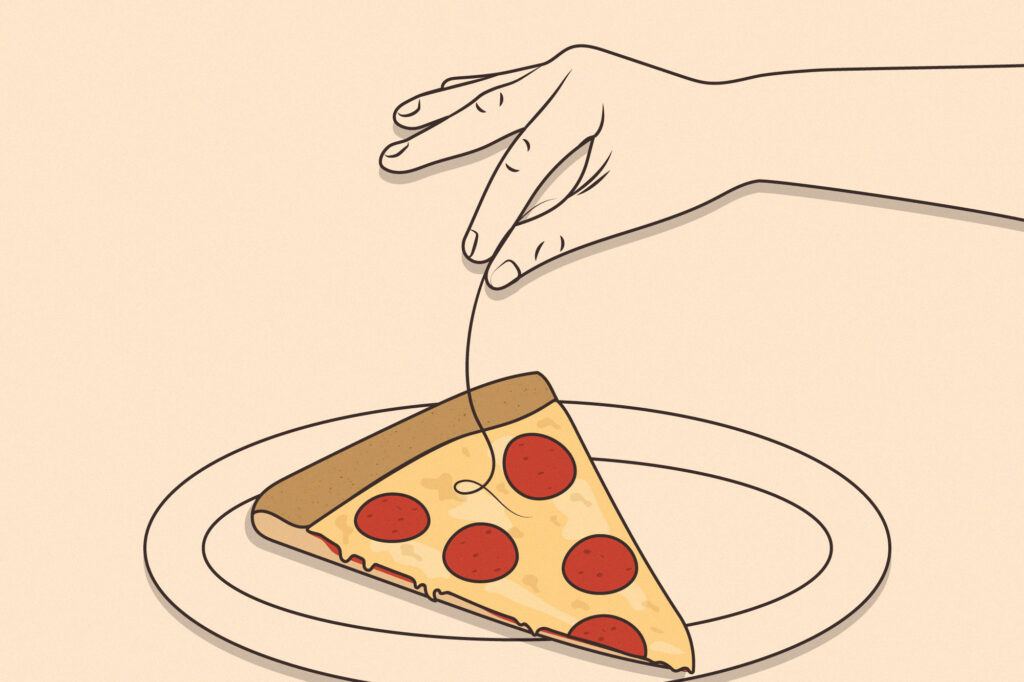
- Hair
- Plasters
- Dirt
- Rock
- Debris
- Pieces of Glass
- Baking paper or foil
- Insects or flies
- Nail peeling
- Plastic
You can prevent physical contamination of food by providing education and training to the staff and a clean and hygienic environment for work.
1.2 Chemical Contaminants
When food comes in contact with toxic chemicals, it causes chemical contamination and results in chemical poisoning. Chemical contaminants are natural or artificial. These are
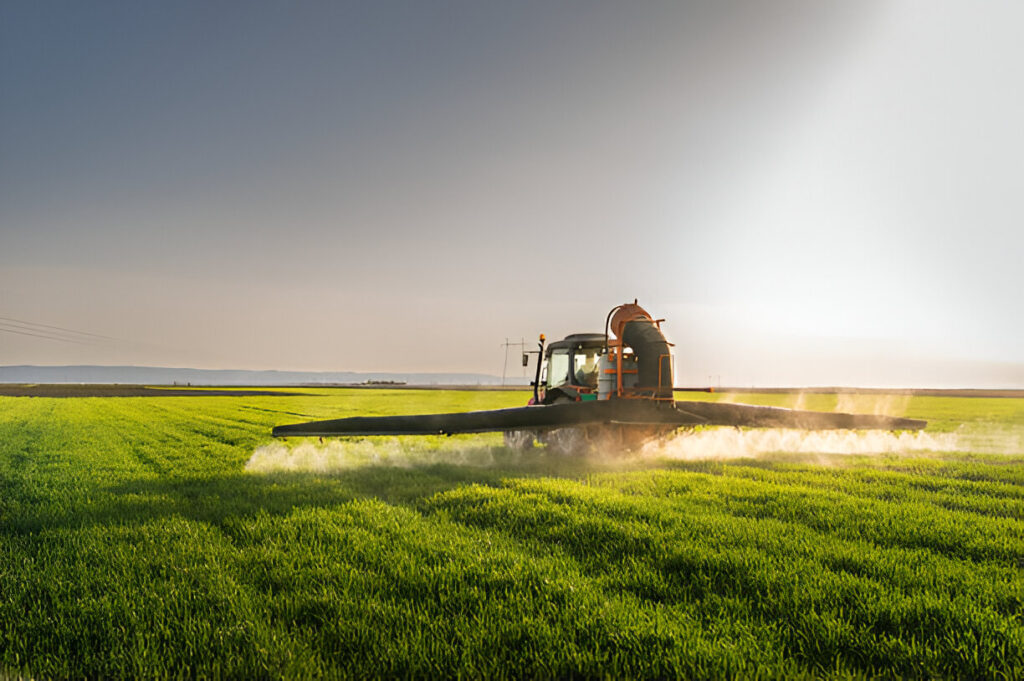
- Pesticides or herbicides
- Preservatives
- Naturally occurring toxins cleaning products like sanitizer or detergent
- Toxic chemicals in plastic and metal
Food producers should know which foods produce toxins to ensure safe consumption. Minimal contaminants in food besides natural toxins can result in less health risk and may not cause illness. For example, the green skin of potatoes has toxins in it, so permanently remove the eyes, buds, and sprouts if you are using green potatoes.
There are some preventions to avoid the chemical contamination:
- Always store the chemicals and cleaning products separately and properly.
- Only kitchen equipment made with materials that are suitable for food should be used.
- Use pest control products with strict care.
- Label the chemicals and store them away from food.
- Rinse the cutlery and dishes properly after sanitizing and cleaning.
1.3 Microbiological Contaminants
Six types of microorganisms cause microbiological contamination: viruses, fungi, bacteria, parasites, and prions. In Canada, most cases of foodborne illness are due to listeria, salmonella, E. coli, and campylobacter. Food that is perishable, high in starch and protein, and has neutral acidity is more prone to microbiological contamination.
Preventative measures to minimize the risk of biological contamination are,
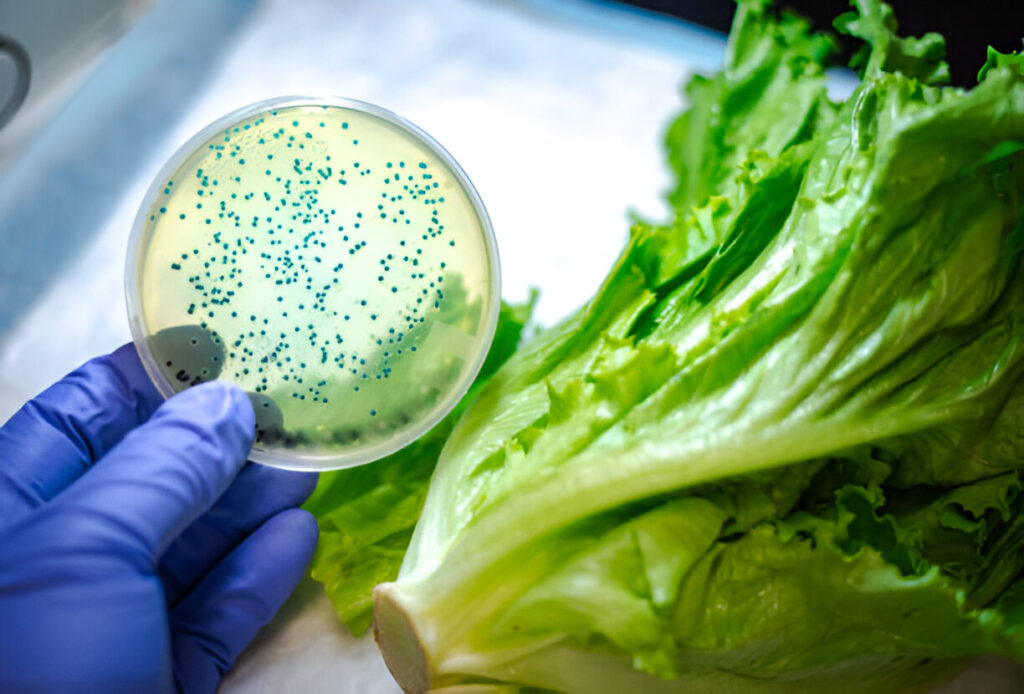
- Maintain the Hygiene and sanitary practices of the premises
- Prepare, cook, store, thaw and serve high-risk food properly.
- Store the food out of the temperature danger zone.
1.4 Controlling Contamination in the case of E.Coli
E. coli is a bacteria that is always present in animals and humans. This bacteria is usually harmless and part of normal flora. However, E. coli strains produce toxins that can cause severe illnesses such as bloody diarrhoea and kidney failure.
Always wash your hands with soap, rinse and dry with a clean towel :
- Before serving, cooking and eating food.
- After using the toilet and changing diapers
- After handling raw fruits, vegetables and meat
- After visiting the farm and making contact with farm animals
- After any contact with pet’ faeces.
2. Hygienic Plant Design
2.1 Introduction
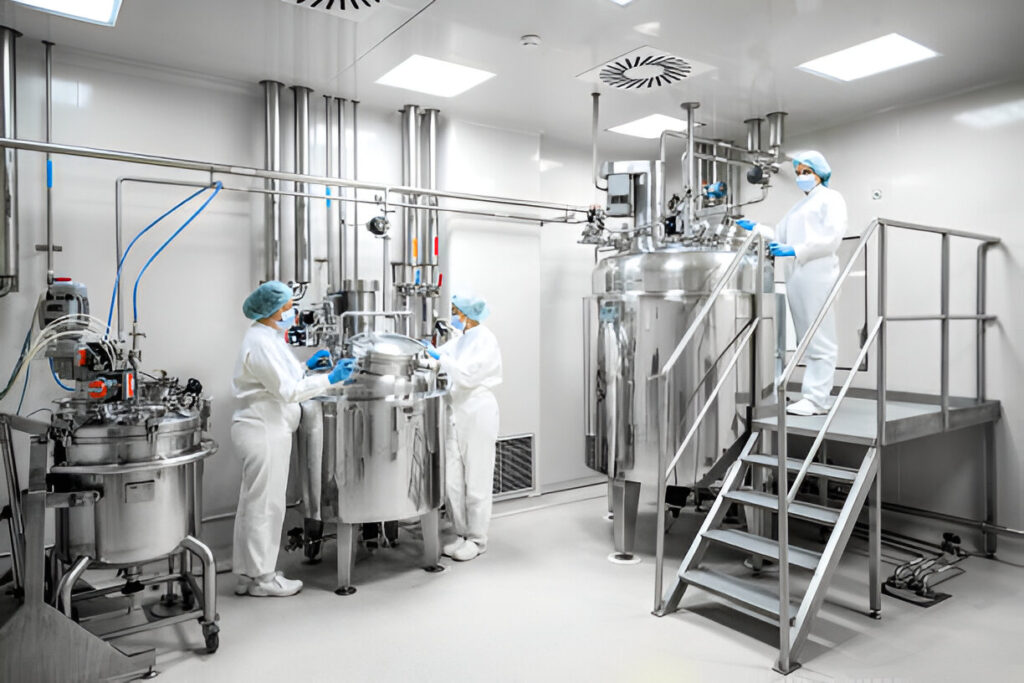
It is important to install hygienic plant designs to reduce food safety hazards in the processing environment, making the overall system safe and manageable for staff. Hygiene is defined as incorporating good manufacturing practices into the construction of equipment, facilities, and tools to effectively clean and minimize food contamination.
The food processing industries face new challenges with the time for hygienic designs. We will explore building hygienic plant designs for food processing.
2.2 The Factory Site
The factory site is an essential factor that affects the cost, operational efficiency and process. While selecting a factory site, choose the site that is close to the source of raw material. It will minimize the transportation cost and time. Short-time delivery and fast processing increase customer satisfaction.
There should be adequately built roads for a convenient and smooth transportation system. Factories must have access to essential utilities like gas, water and electricity for undisturbed process operations. Factory sites must consider the proper drainage and disposal system.
Factory areas must have access to enough workforce with skills and expertise. Effective labour costs and laws make a big difference for factories. Environmental conditions are considered to be like floods and pollution.
2.3 The Factory Building
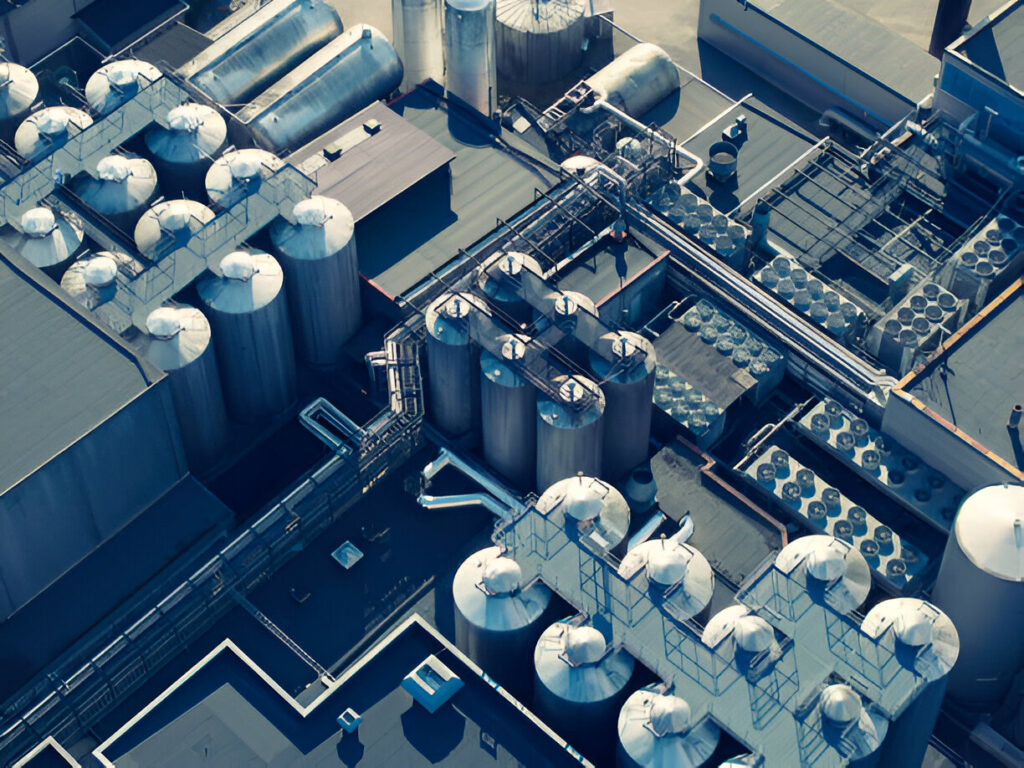
After selecting a site for the factory, deciding on a factory building is the next important step for an effective operational system. The plant layout should provide a smooth flow of material from receiving raw material to distributing the end product.
A good plant layout minimizes time, material handling, and workload. The building design should hold and withstand the stress and loads, including a durable roof and ventilation system. For the safety and compliance of employees and visitors, fire alarms, emergency exits, and proper lighting should be set.
2.4 General Design Issues for the Factory Interior
Factory interiors face general design issues and solve them for the safety and efficiency of the system. Workstations and equipment are designed to minimize workers’ energy investment and avoid fatigue and risk of injuries. Workstations must have enough lighting and space.
Interior design must be adaptable to accommodate the changes in technology and process. Incorporating advanced and automated technology optimizes the process, operation and accuracy. It provides a robotic system to monitor and control the system.
2.5 Walls
The walls of a factory should be made of durable, insulating, and noise-reduction material. This material can be brick, concrete, or insulated panels for thermal efficiency and strength. Insulating walls maintain a room’s temperature and reduce energy consumption. The wall surface should be non-porous, and crevices should be covered properly to avoid microorganism growth.
2.6 Ceiling
A high ceiling is essential for the installation of equipment and machinery and for proper ventilation. It is adaptable for overhead cranes and other machinery. A proper ceiling provides enough ventilation and natural lighting systems that reduce energy costs. It maintains good air quality and removes fumes, dust, and heat.
2.7 Floors
The floor should withstand heavy loads, the weight of machinery, constant traffic, and forklifts. For durability and strength, it can be made of epoxy, concrete, or industrial-grade tiles. The floor should not be slippery, resulting in injuries or accidents. An anti-slip coating and textured surface with proper drainage provide safe working conditions. An easy-to-clean floor is important to maintain Hygiene and cleanliness.
2.8 Drainage
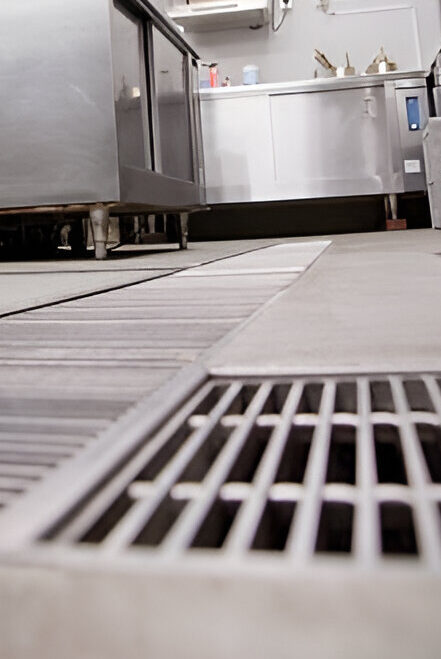
Adequate drainage maintains Hygiene and cleanliness and reduces water damage. A good Drainage system avoids flooding and pooling and is designed to move water away from critical areas. It is done by designing floor slopes, drains, and gutters in appropriate locations.
Regularly maintain drainage to avoid blockages and ensure efficient water flow. Clean-out points and drain covers reduce the cost of repairs and ease inspection. The design must be according to regulations.
2.9 Services
A well-equipped plant layout has various services for optimized operations and employee support. A safe electrical system with proper wiring and water supply is essential for enough energy, lighting, and machinery.
Water accessibility is essential for hygiene and sanitation purposes. You need a water system with pressure regulations and a water treatment system for safety and compliance with standards. Heating, ventilation, and air conditioning systems HVAC provides a comfortable and safe environment by establishing adequate humidity, temperature control, and air quality.
Set up a fire safety system with fire alarms, fire extinguishers, and sprinklers to protect employees and machinery. Regularly inspect these systems to avoid emergency incidents.
2.10 Internal Barriers Separating Manufacturing Processes
Internal barriers in the factory separate the processes to avoid cross-contamination. We make barriers from durable material. Tempered glass and polycarbonate are transparent barriers for visual supervision. Flexibility and modularity of the material reduce cost and time related to reconfiguring fixed barriers. The factory should comply with safety regulations that include visibility, maintenance access, ventilation, and emergency Conditions.
2.11 High-Risk Areas
Manage and appropriately design high-risk areas to ensure the safety of employees and assets. Identify and evaluate high-risk areas with hazardous processes and materials to eliminate risks like contamination.
Restrict access to high-risk areas to avoid accidents. There should be preparation for emergencies by developing emergency response plans. Increase efficiency in preparedness and reduce response time by using signage, conducting regular drills, and ensuring access to emergency equipment.
3. Conclusion
Ensure food safety and a hygienic environment in the food processing industry by covering aspects like contamination and plant design.Follow hygienic and preventive techniques to avoid contaminants such as physical, chemical, and microbiological ones.
Design a hygienic food processing plant by considering factors such as selecting a factory site, building design, and interior layout. Use durable and compatible materials to strictly construct ceilings, walls, and floors for industry. Install internal barriers to separate various processes, restrict high-risk areas, and design them adequately to avoid accidents and ensure employee safety. Click here to learn more.

